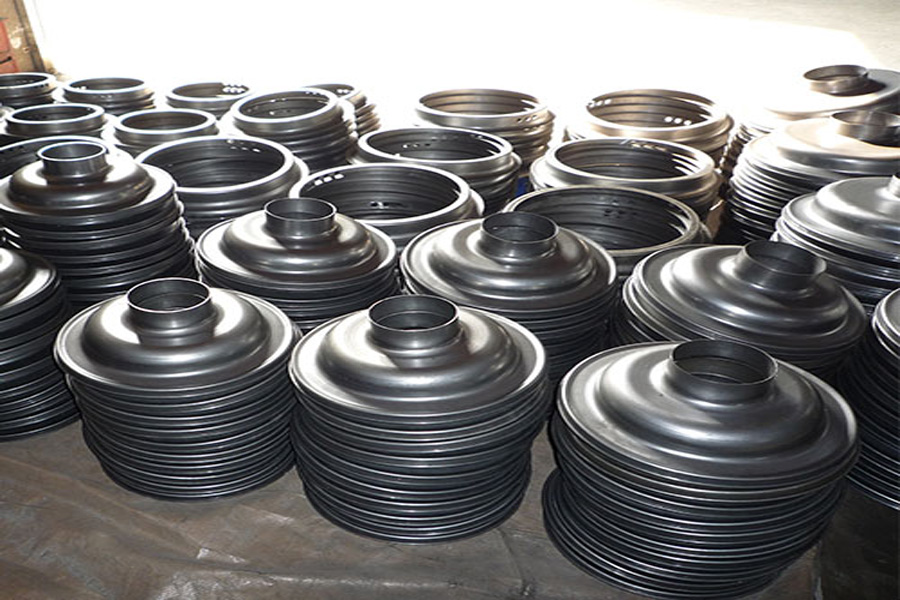Spinning processing is an advanced processing technology with less and no cutting that integrates forging, extrusion, stretching, bending, ring rolling, cross rolling, and rolling. Spinning processing is currently widely used in rotating parts. Processing and forming. Spinning processing is based on the plastic characteristics of the material, the blank is clamped on the core mold and then rotated, reasonable spinning process parameters are selected, the spinning tool and the core mold are relatively continuously fed, and the very small part of the workpiece is sequentially An advanced plastic processing method in which deformation pressure is applied to press the blank and produce continuous point-by-point deformation to gradually shape the workpiece.
According to the deformation characteristics of the spinning process, the spinning process can be divided into ordinary spinning and strong spinning, referred to as normal spinning and strong spinning. Ordinary spinning is a change in the shape of the material, and strong spinning is a change in the thickness of the material.
According to the deformation conditions of the spinning process, the spinning process can be divided into two types: hot spinning and cold spinning. Cold spinning is performed at room temperature, while hot spinning is performed by heating the workpiece to a certain temperature. Hot spinning is mainly used for difficult-to-form materials with poor plasticity and occasions with large spinning deformation.
